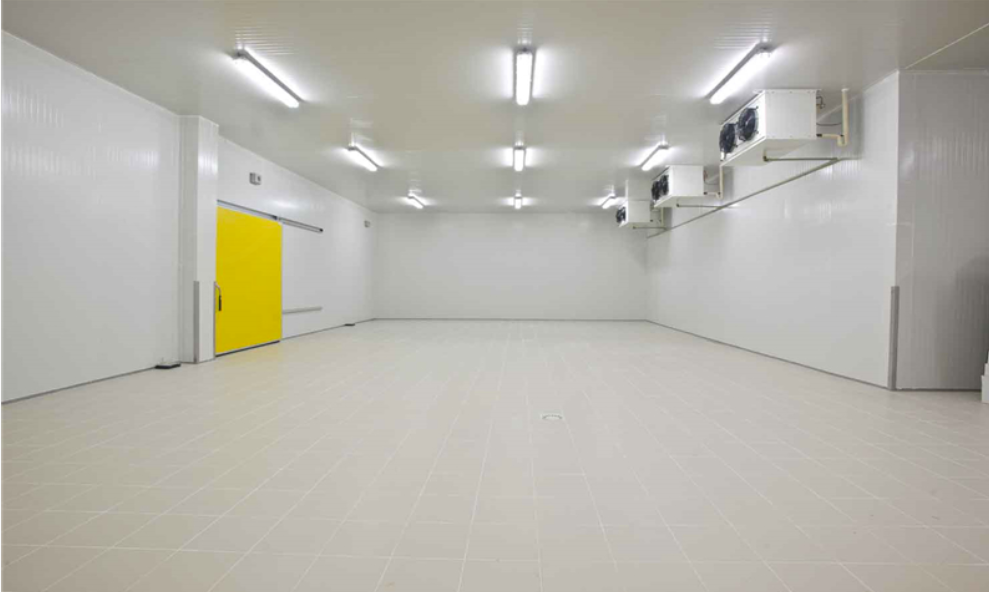The advantages of clean room panels in contamination control

In high-risk fields such as semiconductor manufacturing, pharmaceutical production, biomedical research and advanced biotechnology, clean room panels are widely used to create and maintain an unparalleled pure environment to resist various microscopic threats.
The advantages of modern clean room panels in terms of contamination control are multifaceted, involving not only the material itself, but also the structural design and seamless integration of the entire environmental system.
Clean room panels materials
The materials used for clean room panels have special requirements, such as impermeable and particle-free surfaces, corrosion resistance and long-term performance.
- Impervious and Non-Particulating Surfaces Specialized clean room panels are often constructed from materials such as stainless steel, aluminum, or specially coated steel, and are coated with proprietary coatings. These surfaces are non-porous, smooth, and extremely easy to clean and disinfect. They are resistant to chipping, cracking, or flaking, eliminating a major source of particle generation. Their inherent chemical resistance enables aggressive disinfection with alcohol, peroxide, and other sterilants without compromising the panel’s integrity or appearance.
- Durability and Long-Term Performance Cleanroom is long-term applications, and clean room panels must withstand years of rigorous use, cleaning, and potential interior modifications. High-quality panels utilize a sturdy metal faceplate and a dense, inert core (typically fiberglass or rock wool) to effectively resist dents and damage from equipment movement. This durability ensures that critical airtight seals and smooth surfaces remain intact throughout the life of the facility, protecting your return on investment. When it comes to long-term contamination control, ensuring the integrity of your clean room panels is crucial to ensuring the smooth operation of your clean room.
Clean room panels design
The design of clean room panels is based on the characteristics of the clean room. A clean room is defined by its ability to control airflow and pressurization. Any unsealed crack, gap, or seam can become an entry point for contaminated air from less clean adjacent areas. Clean room panels are designed with tongue-and-groove joints, concealed fasteners, and a continuous silicone seal at every connection point, creating a monolithic, airtight enclosure. This solid barrier prevents infiltration and enables engineers to precisely control cleanroom pressure. Positive pressure prevents contaminants from entering through corridors, while negative pressure in labs containing hazardous materials prevents contaminants from escaping. This airtight seal is crucial to achieving and maintaining ISO Class certification.
Structural integration of clean room
A cleanroom is an integrated system, formed by cleanroom panels that form a barrier and a functional component of the contamination control ecosystem. This includes HEPA or ULPA filters, return air plenums, and utility raceways.
- Integrated High-Efficiency Particulate Air (HEPA) or Ultra-Low Particulate Air (ULPA) Filters: The ceiling panels are designed as a mesh filtration system. These filters securely hold a large number of HEPA/ULPA filters, the “lungs” of the cleanroom. These filters remove airborne particles as small as 0.3 microns (HEPA) or 0.12 microns (ULPA) with 99.99% efficiency. The ceiling panel system ensures a perfect seal between these critical components, preventing unfiltered air from bypassing the filters.
- Return Air Plenum: Many modern cleanrooms use raised floors or sealed ceiling voids as return air plenums. Cleanroom wall panels are designed to contain louvered return air grilles, creating a smooth laminar (unidirectional) airflow pattern. This continuous flow of clean air pushes contaminants downward, away from the product, and sweeps them toward the floor return vents for further filtration.
- Utility Raceways: Process equipment in clean room requires power, gas, and data connections. Punching holes in the wall creates a contamination nightmare. Clean room panels often incorporate integrated vertical and horizontal Raceways, providing sealed conduits for utilities. This allows technicians to install services without compromising the integrity of the core enclosure.
Conclusion
While clean room equipment provides the necessary contamination control for a pristine environment, its effectiveness depends entirely on the sealed, pristine environment created by clean room panels. These clean room panels are the foundational element for all other contamination control strategies. They provide a sealed enclosure, a non-shedding surface, and an integrated airflow management framework. Clean room panels hinder contamination by providing a seamless, durable, and impervious surface.
